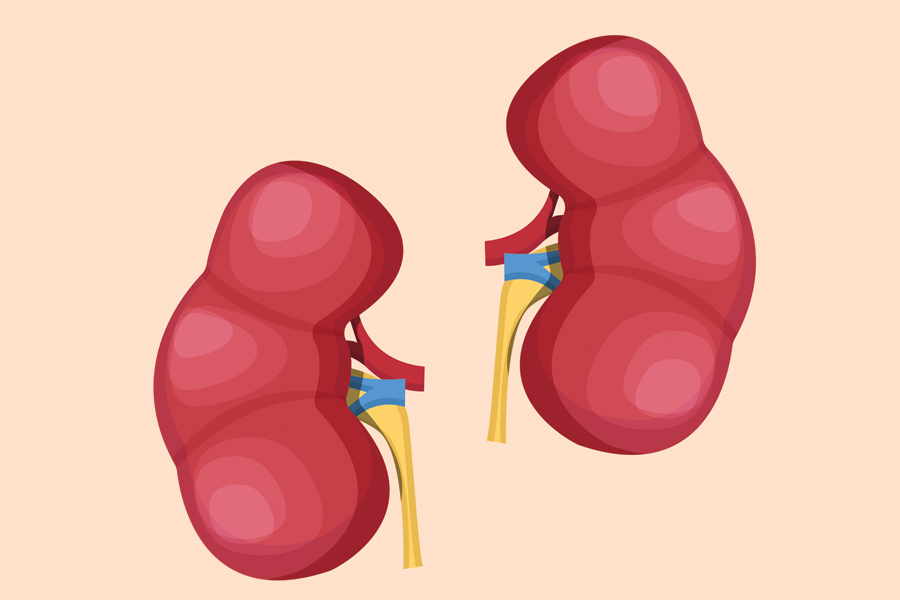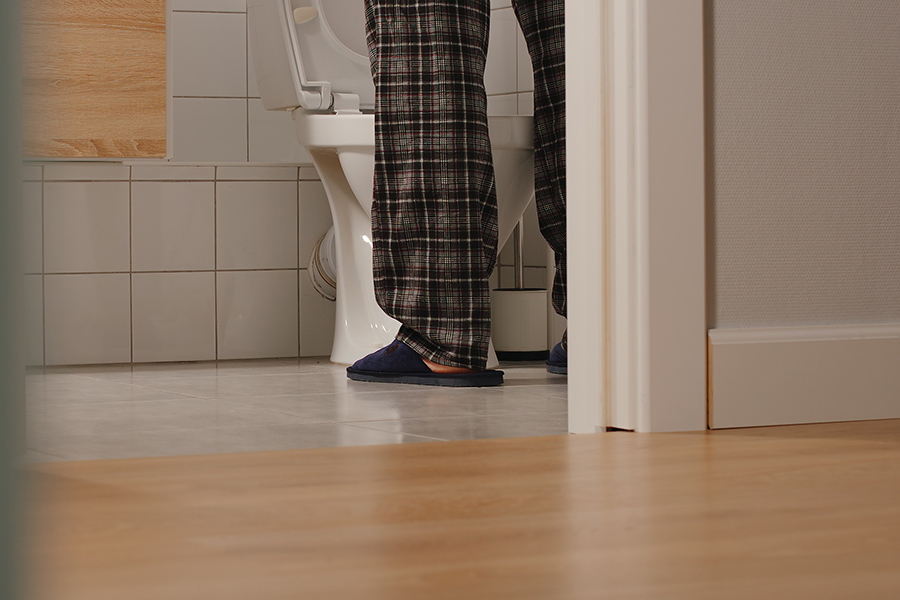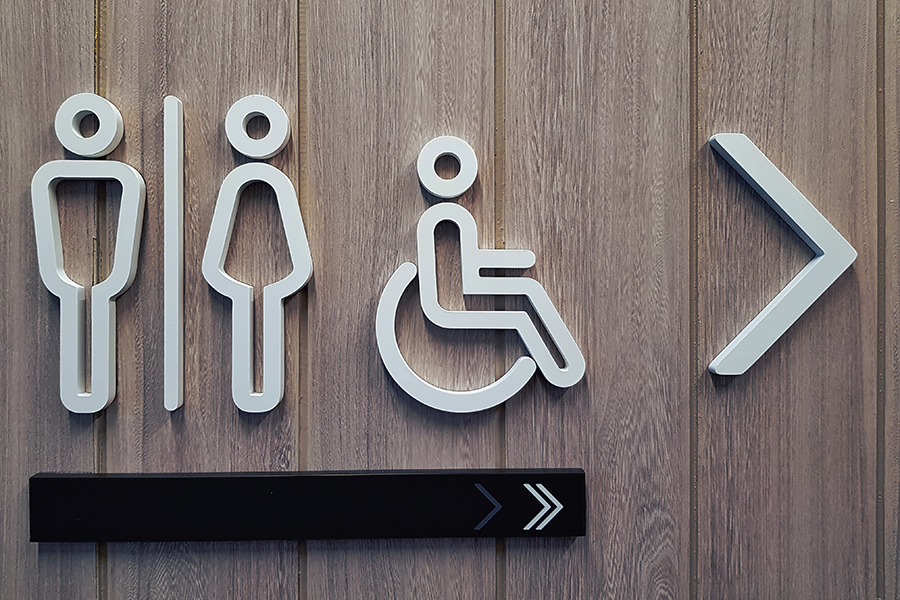A urinary catheter takes some getting used to. However, it is relatively easy to lead a normal life with a catheter. After initial insertion, your doctor or nurse will likely supply you with initial catheter supplies before leaving the hospital. They will teach you how to empty and change your catheter equipment, and when time comes to resupply, you can get a prescription from your local pharmacy or order supplies from companies like Shield HealthCare.
There are three types of catheters:
- Indwelling (foley) catheter: An indwelling catheter remains inside your body. It either drains into a bag attached to your leg or emptied into the toilet by using a direct valve. Leg bags and valves should be changed once a week.
- Use a larger bag at night; it can be set near your bed to collect urine while you are asleep.
- The catheter should be removed completely and replaced every 3 months maximum and this is usually done by a nurse or doctor.
- Because the catheter remains inside your body and provides a surface for bacterial growth, the risk of infection is higher with an indwelling catheter than with other catheters. You will need to know how to clean the tube and the area where it attaches to your body.
- Intermittent catheter: An intermittent catheter is an alternative to an indwelling catheter for those who need a catheter to urinate, but who are able to self-catheterize several times a day. Intermittent catheters do not require a leg bag and may give the user a sense of independence, especially when transitioning from an indwelling catheter. Your doctor will advise you how to use them.
- Some intermittent catheters are disposable and intended for one-time use, while others can be re-used if cleaned appropriately. Most insurance companies will pay for you to use a sterile catheter for each use.
- Your doctor will recommend how often you should perform a self-catheterization. A typical timetable is every four to six hours and right before bedtime.
- External Catheter: Just as it sounds, an external catheter remains fully outside the body. It is designed for males and females; in males, the catheter fits over the penis, and in females it is secured against the labia. External catheters connect to a drainage bag that is strapped onto the leg.
- Because nothing is inserted into the body, external catheters reduce the risk of UTIs.
- External catheters don’t typically require a caregiver’s assistance, but they do require the user has some manual dexterity to apply and change.
Keep in mind that some people can move from one type of catheter to another depending on their medical conditions and diagnosis, so always check in with your doctor if you feel like you are in need of a different type of catheter.
There are a multitude of ways to help prevent infections or other issues with your catheter. Having a long-term catheter increases the risk of UTIs, blockages or other problems.
- Wash the skin around the area of your catheter insertion with mild soap and water twice daily.
- Wash your hands before and after handling catheter equipment.
- Hydration is key – urine should be pale-colored.
- Avoid constipation-causing foods.
- Keep your catheter tangle-free!
With a catheter, you can participate in most normal activities. Your doctor will advise you when it’s safe to exercise, be sexually intimate, etc.
If you’re planning a vacation, talk with your doctor to get information about traveling with catheter supplies.
Sources:
Check out these links for more information about catheter care:



















